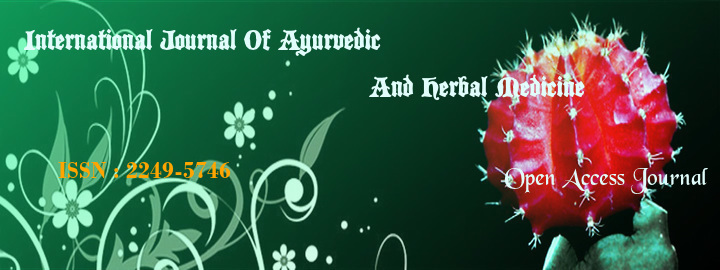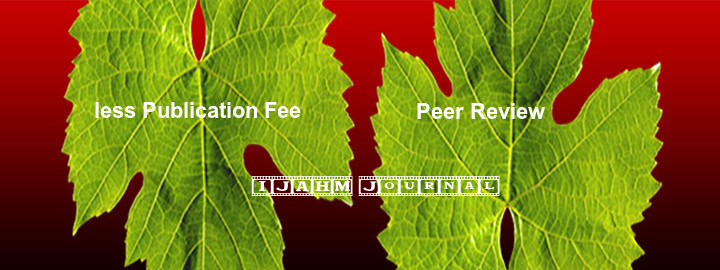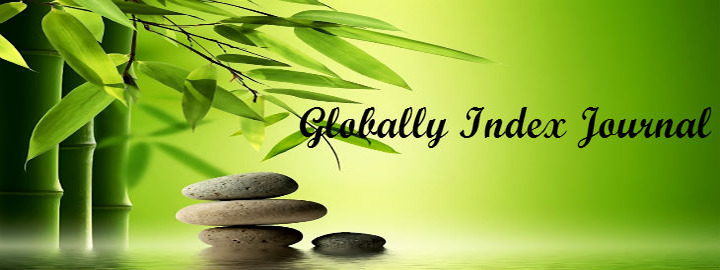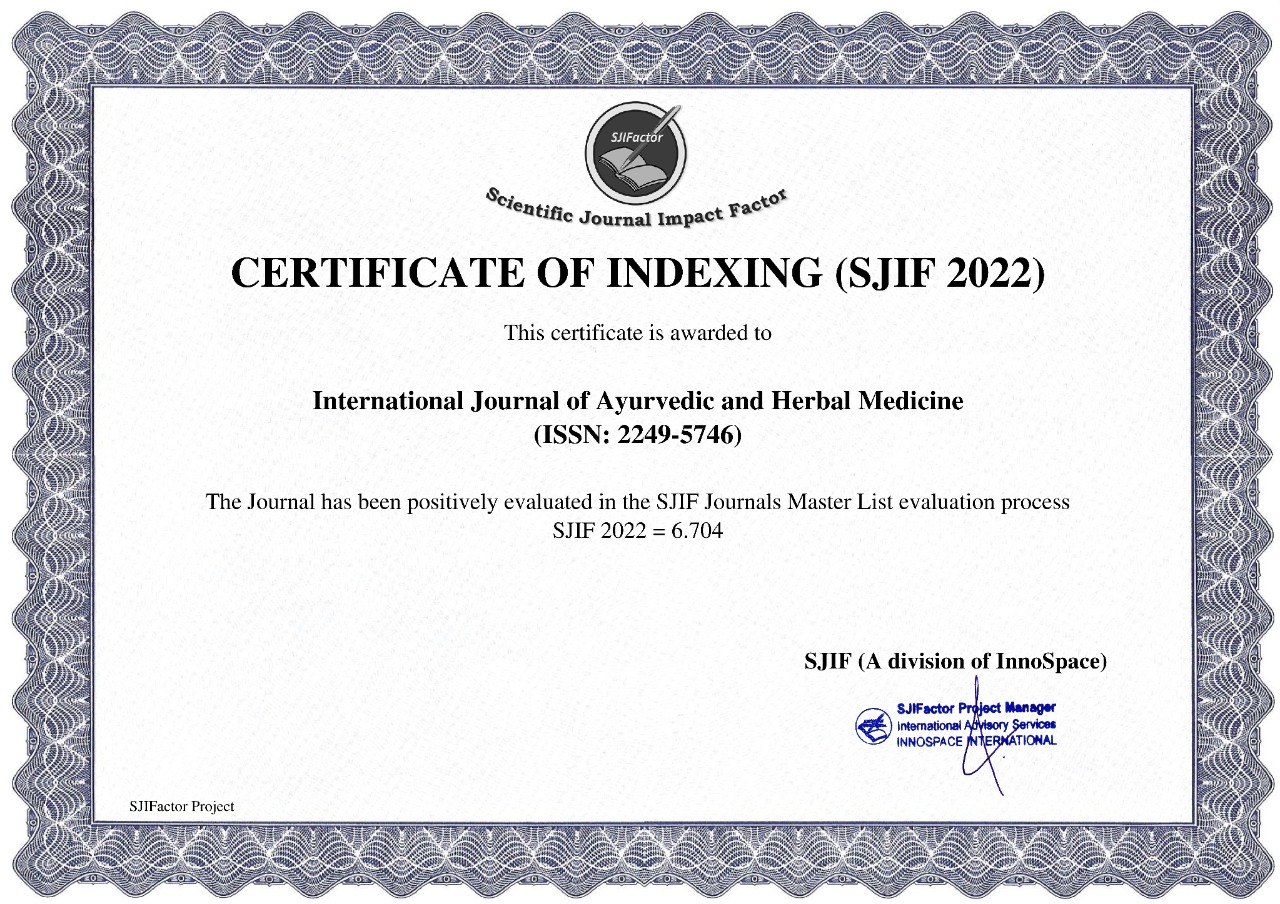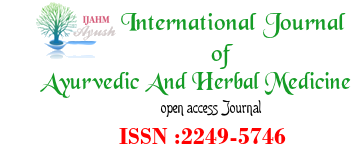


1Debbarma Promod , 2Kato Tatak Anu , 3Jaiswal Mohanlal.
1, 2P.G. Scholar, Deptt. of DravyagunaVigyan, National Institute of Ayurveda, Jaipur.
3Professor, Deptt. of Dravyaguna Vigyan, National Institute of Ayurveda, Jaipur.
Abstract:
Vanya Haridra (Curcuma aromatic Salisb.) also known as Aranya Haridra in Sanskrit, very important plant in use since long decade in traditional medicine in India. It is known as wild turmeric in English/cochin turmeric, van haldi in hindi, anakuva in Malayalam, kasturi manjal in tamil. It is mentioned as kusthaghna, arshaghna properties in Bhavaprakas Nighantu, Throughout the India, specially found in Mysore, Cochin and Bengal etc , root stock large of palemately branched, sessile annulated biennial tubers yellow and aromatic inside, hairy and masked with circular disk. It is camphoraceous and jambula like fragrant odour. On these ground, this work was attempt to establish pharmacognostical and preliminary phytochemical standard of rhizomes, pharmacognostical parameters using like macromorphology, microcopy, physio-chemical constant and phytochemical analysis were done using standard methodology. It showed presence of carbohydrate, alkaloids, amino acids, protein, saponin, glycosides, flavonoids, steroids and tannins in aqueous, ethanol and petroleum ether extract.
Keywords: Vanya Haridra (Curcuma aromatica Salisb.), Pharmacognostical, Phytochemicals in aqueous, ethanol and petroleum Ether extracts
References:
1. Bhavaprakasa Nighuntu.of Shri Bhavamisra commented by Padmshri Prof.K.C.Chunekar.Publishers C.Bharati Academy, Varanasi. Reprint - 2015.
2. Indian medicinal plants.illustrated, Vol-10. (By Kritikar & Basu’s) edited by K.S. Mhaskar, E- Blalter, J.F.Cails, Third Revised, Pub-by-Sri satguru publication, A Division of Indian book centre 40/5, Shakti Nagar, Delhi-110007.
3. Dravyaguna Vigyana.Vol-1. Dr. Gyanendra Pandey, Pub- Chukhamba Krishnadas Academy Varanasi, ed-Third-2005.
4. Indian medicinal plants.illustrated, Vol-10. (By Kritikar & Basu’s) edited by K.S. Mhaskar, E- Blalter, J.F.Cails, Third Revised, Pub-by-Sri satguru publication, A Division of Indian book centre 40/5, Shakti Nagar, Delhi-110007.
5. Dravyaguna Vigyana.Vol-1. Dr. Gyanendra Pandey, Pub- Chukhamba Krishnadas Academy Varanasi, ed-Third-2005.
6. Neerja P, Himanshu M, Jain DC. Phytochemical investigation of ethyl acetate extract from Curcuma aromatica Salisb. Rhizomes. Arabian Journal of Chemistry. 2013; 6:279-283.
7. Anjusha S, Gangaprasad A. Phytochemical and Antibacterial Analysis of Two Important Curcumaspecies, Curcuma aromatica Salisb.and Curcuma xanthorrhiza Roxb. (Zingiberaceae). Journal of Pharmacognosy and Phytochemistry. 2014; 3(3):50-53
8. CCRS,Laboratory guide for analysis of Ayurveda & Sidha formulation.
9. CCRS,Laboratory guide for analysis of Ayurveda & Sidha formulation.
10. CCRS,Laboratory guide for analysis of Ayurveda & Sidha formulation.
11. CCRS,Laboratory guide for analysis of Ayurveda & Sidha formulation.
12. CCRS,Laboratory guide for analysis of Ayurveda & Sidha formulation.
index







